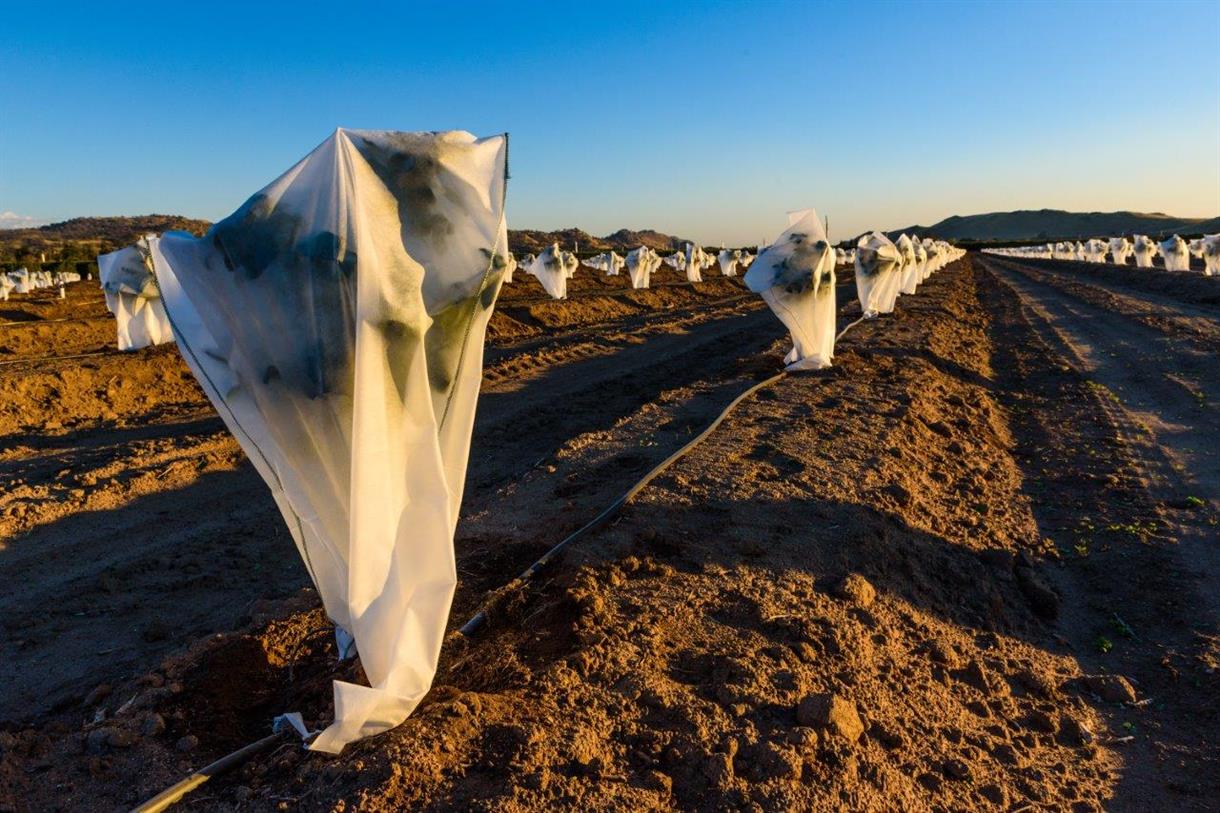Why use nonwovens in agriculture and horticulture?
Nonwovens in cultivation are used to optimise the productivity of crops, gardens and greenhouses. Their protective nature means that the need for pesticides is reduced and manual labour is kept to a minimum.
The different uses are:
- Crop covers
- Plant protection
- Seed blankets
- Weed control fabrics
- Greenhouse shading
- Root control bags
- Biodegradable plant pots
- Capillary matting
- Landscape fabric
For example:
In capillary mat applications, nonwovens promote the healthy growth of flowers and vegetables in greenhouses by using soil-less growing methods. They are engineered to optimise both water absorption, distribution and storage and the distribution of fertilizers for each individual plant.
- The use of nonwovens crop covers on the land increases yields and improves the quality of the crops. Very light, flexible sheets are laid over seed beds, which create a microclimate in which the heat and humidity are controlled. The growth of the plants is accelerated, and they are protected from adverse weather conditions and vermin.
The advantages of using nonwovens in agriculture and horticulture
- Fabrics with high strength, durability and elasticity
- Custom fit
- Biodegradable
- Frost, and insect protection
- Exceptional permeability
- Weed control
- Heat control
- Sealable
- Apertures between the intersecting fibres of nonwovens sheets are big enough to allow air and water to reach the crop but small enough to keep out insects.
- Good light transmission
- Moisture absorption
- Enhance effect of fertilizers
- Reduction of diseases
- Protection allows plants and crops to grow without the use of pesticides and herbicides
Nonwovens technologies used in agriculture and horticulture
More information on nonwovens test methods


